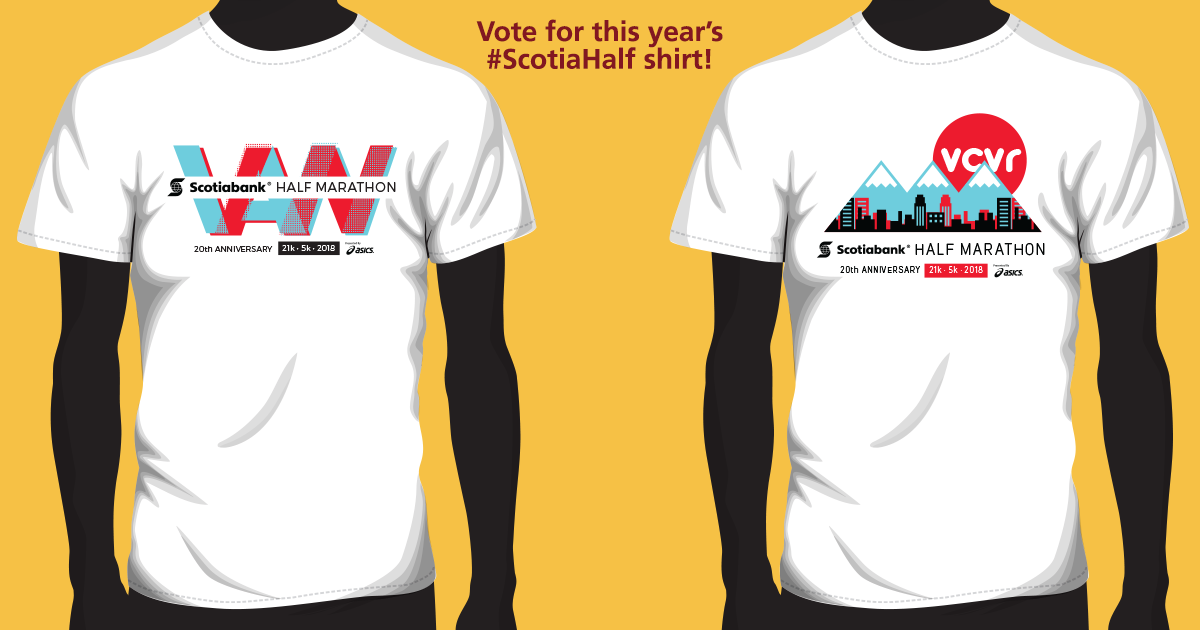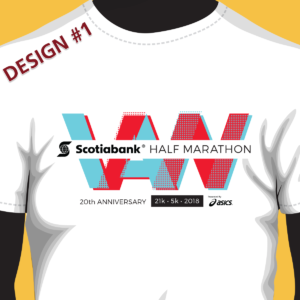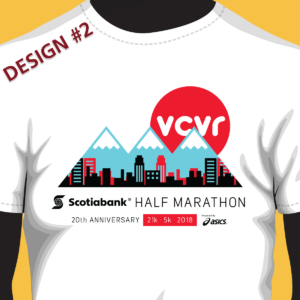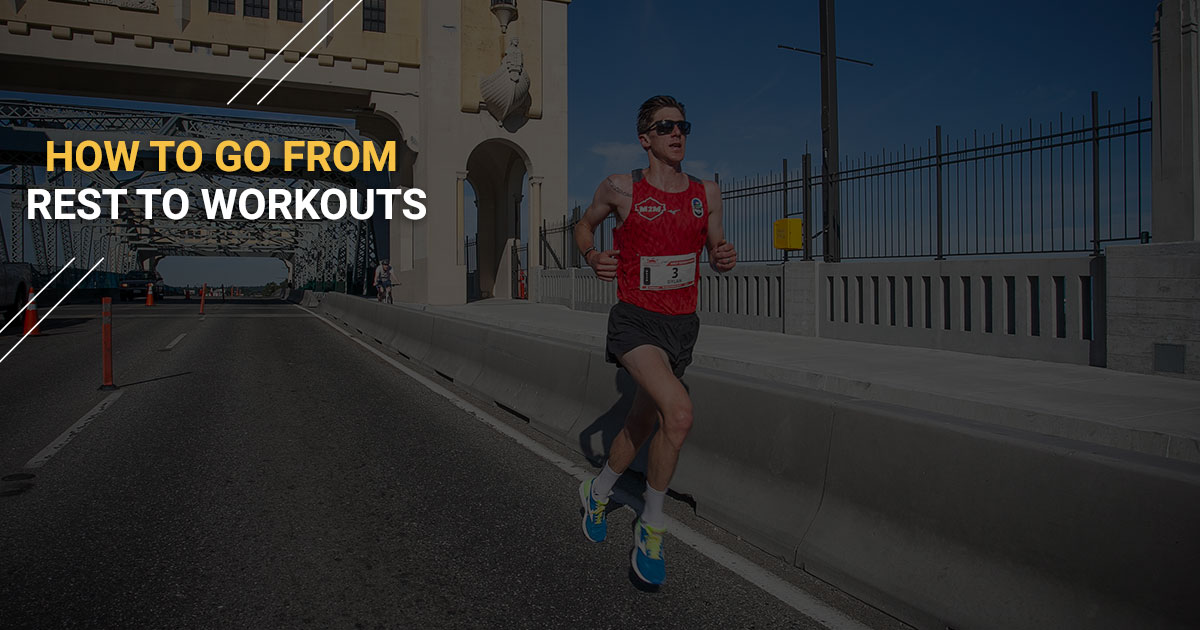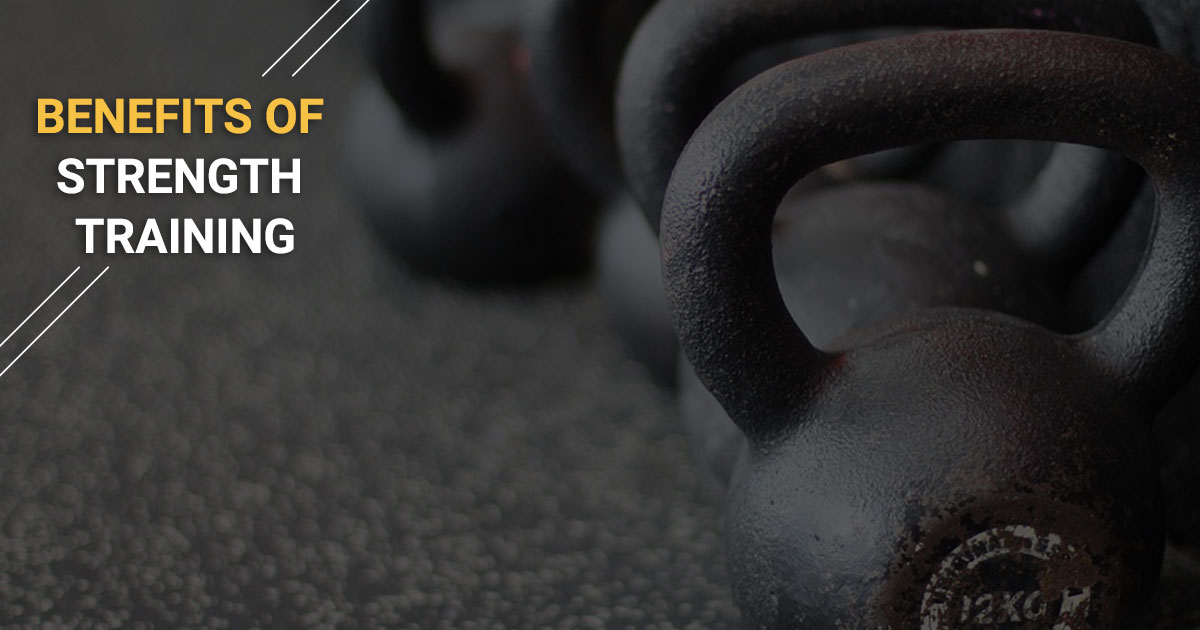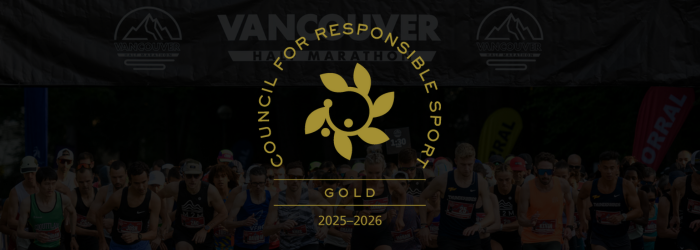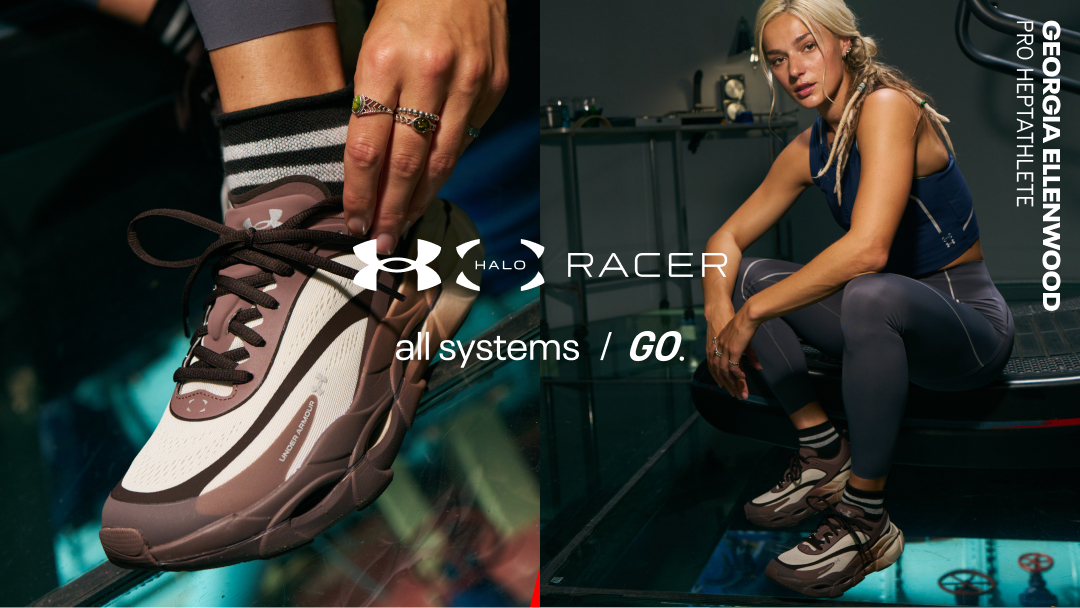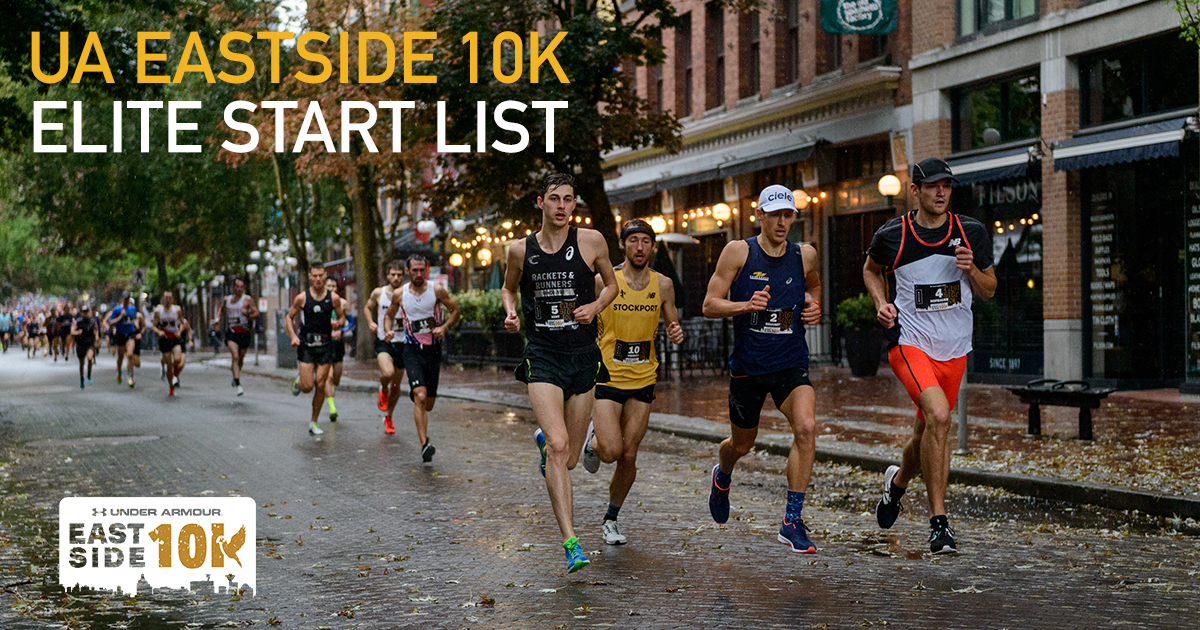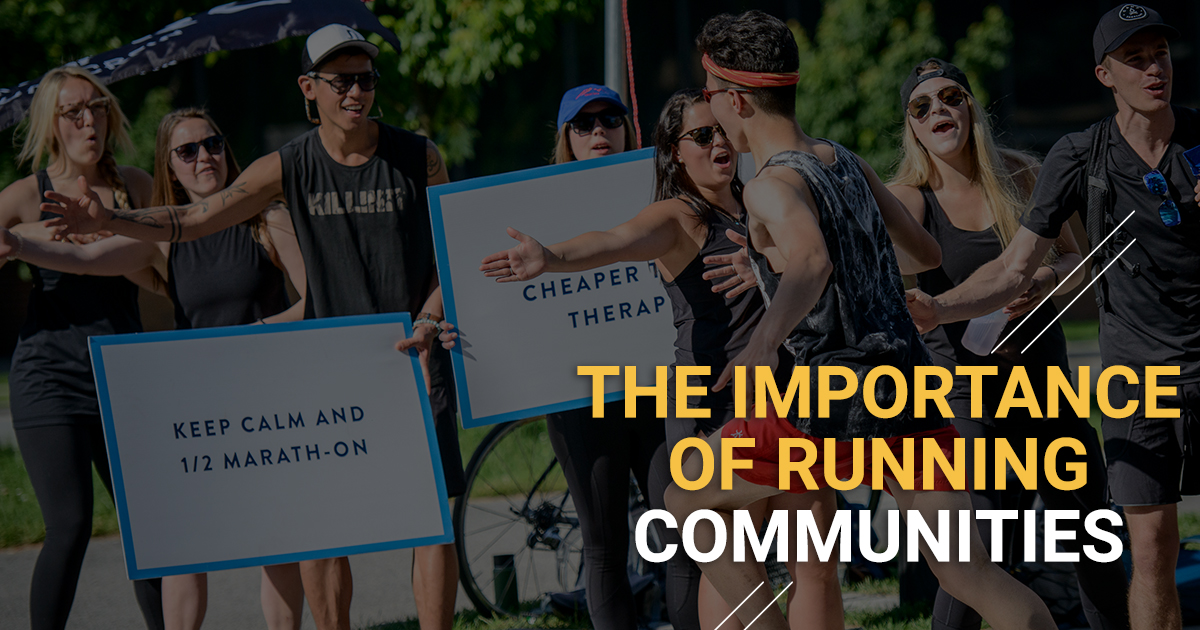
By Kara Leinweber, Ultra Runner
We are road runners, trail runners, elite and amateur runners. Some of us are 5k runners and others are 100 mile finishers. Whether you run fast or slow or in-between, we are all runners; we all chase post run glow, runners high and celebrations with new friends at the finish line. We are part of incredible run communities and crave connection with like minded individuals.
I love crushing both road and trail miles and compete in several road and ultra trail events each season. I am also the Race Director for The Lewiston Ultra (www.thelewistonultra.com); a new event to celebrate community, connection and adventure. I am wild about run community and want to create opportunity to connect to something bigger, experience the power of community, float on gorgeous trails and take in an incredible finish line celebration. When we allow ourselves to be supported and support others, we have incredibly clear moments to push further and reach a higher level of focus in run.
Training on road and trail can be daunting and the mental toughness, commitment and accountability can be isolating. While I do complete many training runs solo in the pain cave, many of my training miles will be shared with running partners and run clubs. This has given opportunities to connect with runners that share the same pace, training ideas, gather the latest & greatest on run gear and create forever friendships. When you’re spending hours on the road or trails with a run buddy, you’re bound to chat about anything and everything. When I race ultras and run alongside a new friend for hours, we start sharing things that I wouldn’t even share with my closest of friends. You fight through the challenges together and there is nothing sweeter than rising up to be part of each other’s race success. I swear it is better than therapy. For all these reasons, I included an option in The Lewiston Ultra for relay runners to complete as many legs as they fancy with their relay team or with a soloist. I want to encourage the incredible bonds that are formed over the miles.
Stop by your local run store to connect with local run clubs and find out about race events. I have joined more run clubs that I can count and most will post the distance, route and pace prior so you know what your running into. There are several types of run clubs: recreational, trail, triathlon, marathon, ultra marathon, track, stroller, etc. Run clubs are welcoming, encouraging to new members and ready to share stories and the runventure journey. Get out there and find your run community.


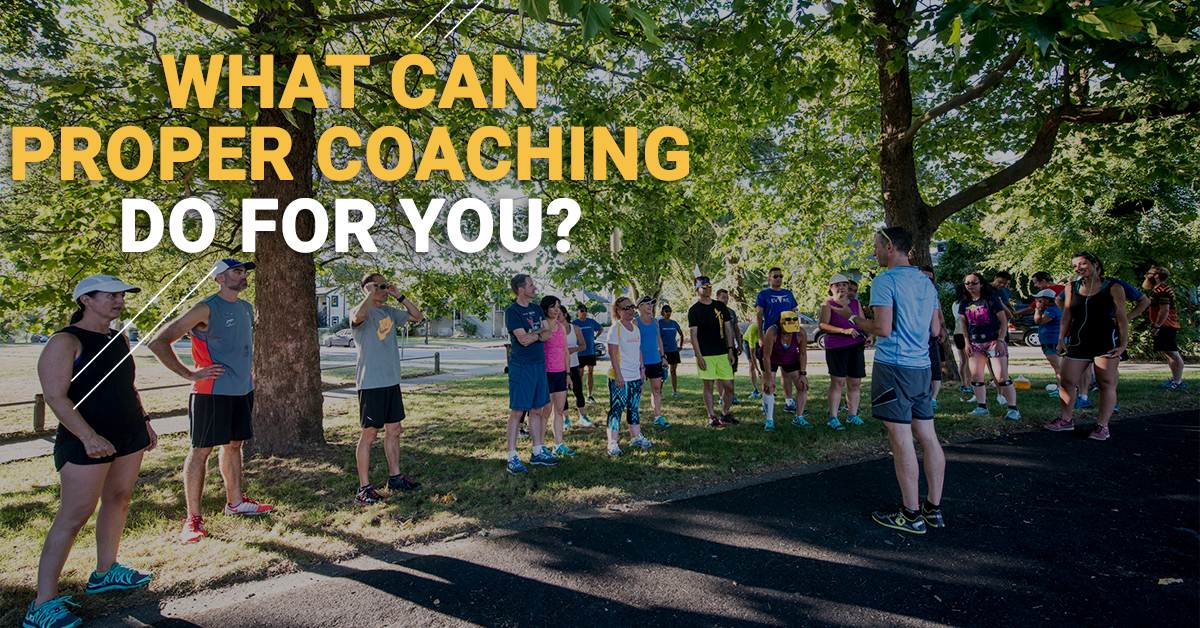
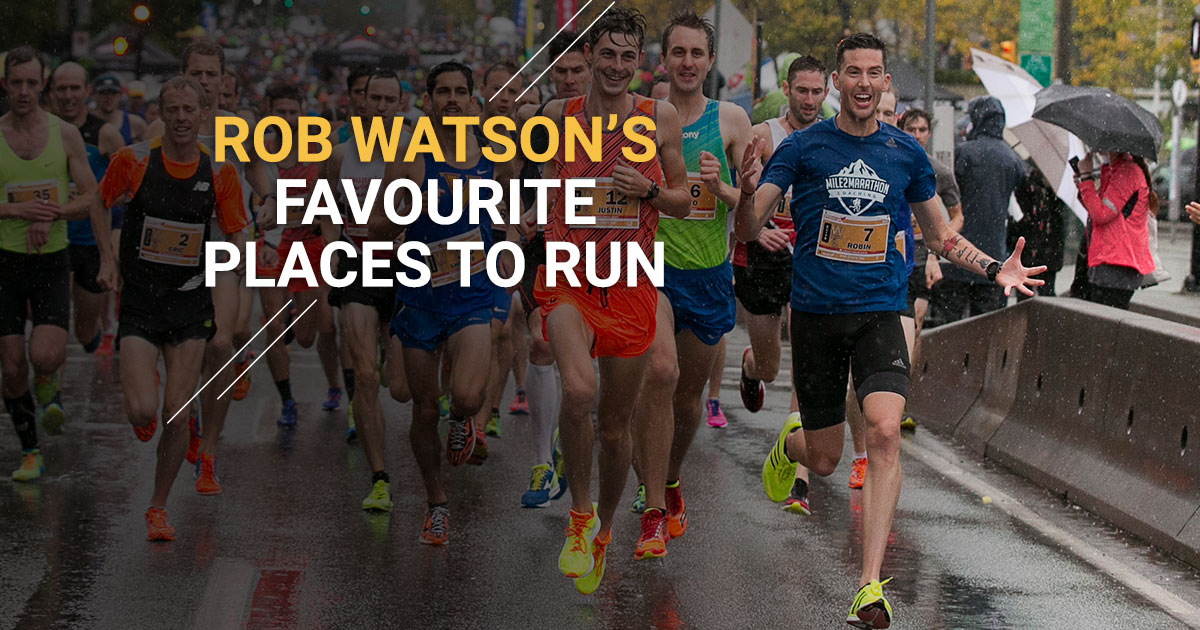
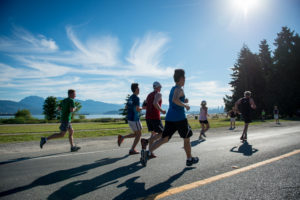 Out and back from Jericho to Spanish Banks has been my go to 10km route for a few years now, I have literally put over 5000km on this route, and you know what? It never gets old. On the way out you get a breathtaking view of the coastal mountains, on the way back there is a nice view of our downtown and mighty Stanley park. As a bonus, there are often bald eagles flying around out at Spanish Banks. Bald eagles are majestic as hell.
Out and back from Jericho to Spanish Banks has been my go to 10km route for a few years now, I have literally put over 5000km on this route, and you know what? It never gets old. On the way out you get a breathtaking view of the coastal mountains, on the way back there is a nice view of our downtown and mighty Stanley park. As a bonus, there are often bald eagles flying around out at Spanish Banks. Bald eagles are majestic as hell.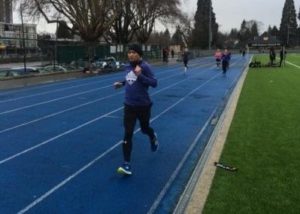 One thing Vancouver lacks is decent tracks. I’m not sure what the deal is there. Maybe something to with the fact that the land needed for a track would be worth like $100 million. Anyways, if you are looking for a place to put in some speed work, this is the place to do it. The track is blue, which is cool, and it has a nice soft surface. It is well lit with flood lights, super convenient for working out in the evening. Just don’t go on a Tuesday night, Tuesdays are bonkers.
One thing Vancouver lacks is decent tracks. I’m not sure what the deal is there. Maybe something to with the fact that the land needed for a track would be worth like $100 million. Anyways, if you are looking for a place to put in some speed work, this is the place to do it. The track is blue, which is cool, and it has a nice soft surface. It is well lit with flood lights, super convenient for working out in the evening. Just don’t go on a Tuesday night, Tuesdays are bonkers. People tend to lose their heads over the seawall that goes around Stanley Park. I get it, but the trails within the park is where the real magic is. There are dozens of kilometres of trails in there. You can roll tempos, interval work, hill sessions or just go for an easy stroll. Whatever you are doing in there, your legs will love the soft trails, and it is easy to just shut off your brain and run while you take in the beautiful forest full of ancient cedars and massive Douglas firs.
People tend to lose their heads over the seawall that goes around Stanley Park. I get it, but the trails within the park is where the real magic is. There are dozens of kilometres of trails in there. You can roll tempos, interval work, hill sessions or just go for an easy stroll. Whatever you are doing in there, your legs will love the soft trails, and it is easy to just shut off your brain and run while you take in the beautiful forest full of ancient cedars and massive Douglas firs. Is it blasphemous that I neglected to include our most famous, and well-used route in my top 5? It is flat, scenic and super convenient, there is no denying that this is a great place to run. I do run on it a fair bit, but man does it get busy! I get frustrated weaving in and out around people, therefore it does not make the top 5.
Is it blasphemous that I neglected to include our most famous, and well-used route in my top 5? It is flat, scenic and super convenient, there is no denying that this is a great place to run. I do run on it a fair bit, but man does it get busy! I get frustrated weaving in and out around people, therefore it does not make the top 5.
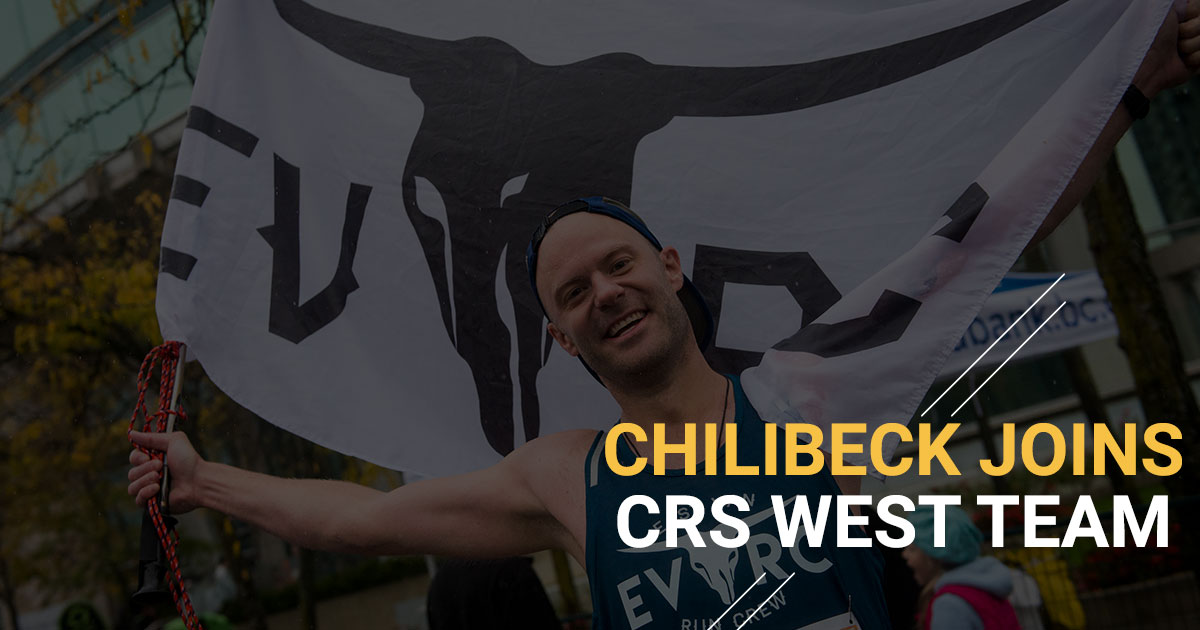
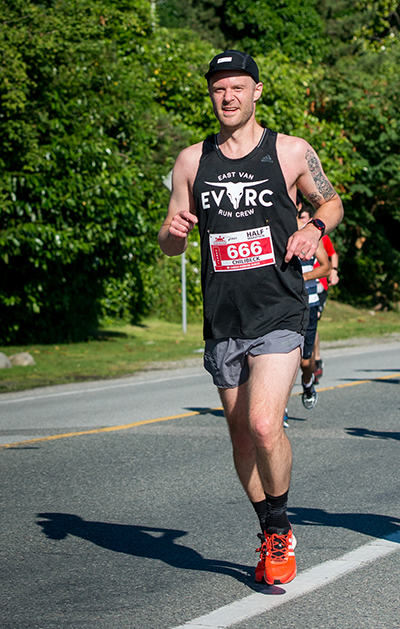 A lifetime sportsperson, Ryan turned to running in 2010, and got the “race experience” bug when he signed up for Canada Running Series’ Scotiabank Vancouver Half Marathon in 2014. That was also the year he founded East Van Run Crew:
A lifetime sportsperson, Ryan turned to running in 2010, and got the “race experience” bug when he signed up for Canada Running Series’ Scotiabank Vancouver Half Marathon in 2014. That was also the year he founded East Van Run Crew: